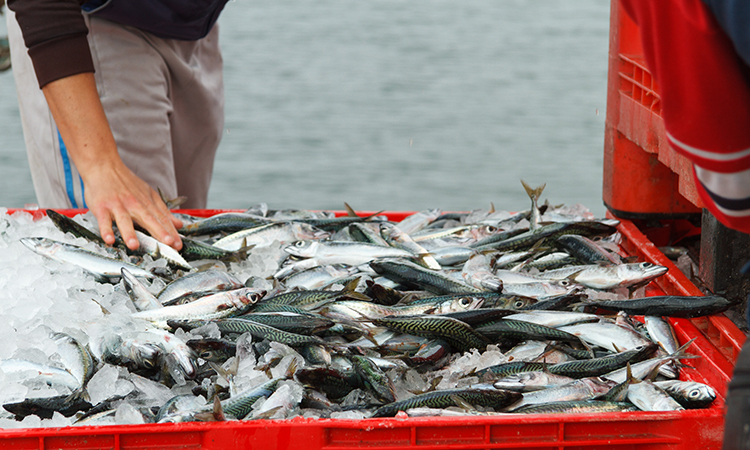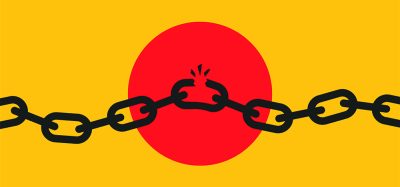New analysis reveals impact of COVID-19 pandemic on seafood industry
- Like
- Digg
- Del
- Tumblr
- VKontakte
- Buffer
- Love This
- Odnoklassniki
- Meneame
- Blogger
- Amazon
- Yahoo Mail
- Gmail
- AOL
- Newsvine
- HackerNews
- Evernote
- MySpace
- Mail.ru
- Viadeo
- Line
- Comments
- Yummly
- SMS
- Viber
- Telegram
- Subscribe
- Skype
- Facebook Messenger
- Kakao
- LiveJournal
- Yammer
- Edgar
- Fintel
- Mix
- Instapaper
- Copy Link
Posted: 18 January 2021 | Joshua Minchin (New Food) | No comments yet
Fresh analysis from NOAA Fisheries has revealed the true extent of the COVID-19 impact on the US seafood industry, with no region spared from its destruction.


The COVID-19 pandemic has hit all sectors in the food industry hard, including the seafood trade. Analysis from NOAA Fisheries, the government body overseeing the seafood industry in the US, has revealed just how big an impact the crisis has had on the US fishing industry, as revenue tumbled throughout 2020.
According to analysts, COVID-19 protective measures instituted in March 2020 across the US and the rest of the world contributed to an almost-immediate impact on seafood sector sales. There was a strong start to the year, with a three percent increase in commercial fish landings revenue in January and February.
However, revenues declined each month, from a 19 percent decrease in March to a 45 percent decrease by July. This translates to a 29 percent decrease across those seven months, as compared to five-year averages and adjusted for inflation.
Restaurant closures, social distancing protocols, and other safety measures also contributed to losses in other sectors of the seafood economy, according to the NOAA. By the end of second quarter of 2020, 78 percent of aquaculture, aquaponics, and allied businesses reported COVID-19 impacts with 74 percent experiencing lost sales.
The analysis noted outdoor seating at restaurants in warm months and a pivot to direct delivery at some supermarkets provided an outlet for some aquaculture sales. Also, the recreational charter/for-hire fishing industry was completely shut down in the spring with some phased reopening in the early summer.
The new analysis contains regional snapshots to help industries understand local impacts to key fisheries. Specialised reports on Hawaii, Alaska, the West Coast, as well as the Northeast, Southeast and Atlantic HMS (high-migratory species) revealed losses in every region, with Hawaii particularly badly hit.
“In the coming months and years, scientists and economists will work to obtain a more complete picture of COVID-19’s impact on US seafood and the Blue Economy. It is our hope that this initial analysis provides a foundation that the industry researchers and planners can draw upon as they plan for the future,” said NOAA Fisheries Assistant Administrator Chris Oliver.
There has been some help from Washington DC, however. The report notes that some US industry losses may be offset by the infusion of emergency federal relief funding. In May, NOAA allocated $300 million in fisheries aid to states, territories and tribes as part of the Coronavirus Aid, Relief and Economic Security (CARES) Act. With the help of interstate commissions, it is distributing these much-needed funds to eligible fishery participants.
Furthermore, in September, the Secretary of Agriculture made $530 million available through the Seafood Trade Relief Program to support fishermen and industries impacted by retaliatory tariffs from foreign governments.
“NOAA Fisheries stands with our fishermen, seafood industries, and coastal communities who have suffered great economic hardship this year due to COVID-19,” added Oliver.
“The United States is a global leader in sustainable, world class fisheries. Our goal is to help all those up and down the US seafood supply chain rebound, recover and strengthen resilience as we plan strong returns to sea in 2021 and beyond.”
Related topics
COVID-19, retail, Supermarket, Supply chain, Trade & Economy






